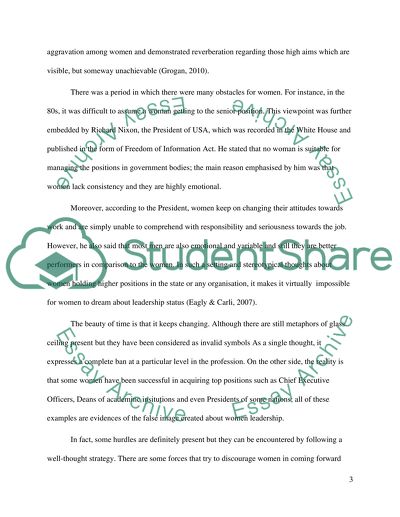Cite this document
(Leadership Features and Disparity Which Vary Men and Women Term Paper, n.d.)
Leadership Features and Disparity Which Vary Men and Women Term Paper. Retrieved from https://studentshare.org/social-science/1617010-what-are-the-main-obstacles-to-womens-leadership-and-what-can-be-done-to-address-them
Leadership Features and Disparity Which Vary Men and Women Term Paper. Retrieved from https://studentshare.org/social-science/1617010-what-are-the-main-obstacles-to-womens-leadership-and-what-can-be-done-to-address-them
(Leadership Features and Disparity Which Vary Men and Women Term Paper)
Leadership Features and Disparity Which Vary Men and Women Term Paper. https://studentshare.org/social-science/1617010-what-are-the-main-obstacles-to-womens-leadership-and-what-can-be-done-to-address-them.
Leadership Features and Disparity Which Vary Men and Women Term Paper. https://studentshare.org/social-science/1617010-what-are-the-main-obstacles-to-womens-leadership-and-what-can-be-done-to-address-them.
“Leadership Features and Disparity Which Vary Men and Women Term Paper”, n.d. https://studentshare.org/social-science/1617010-what-are-the-main-obstacles-to-womens-leadership-and-what-can-be-done-to-address-them.


